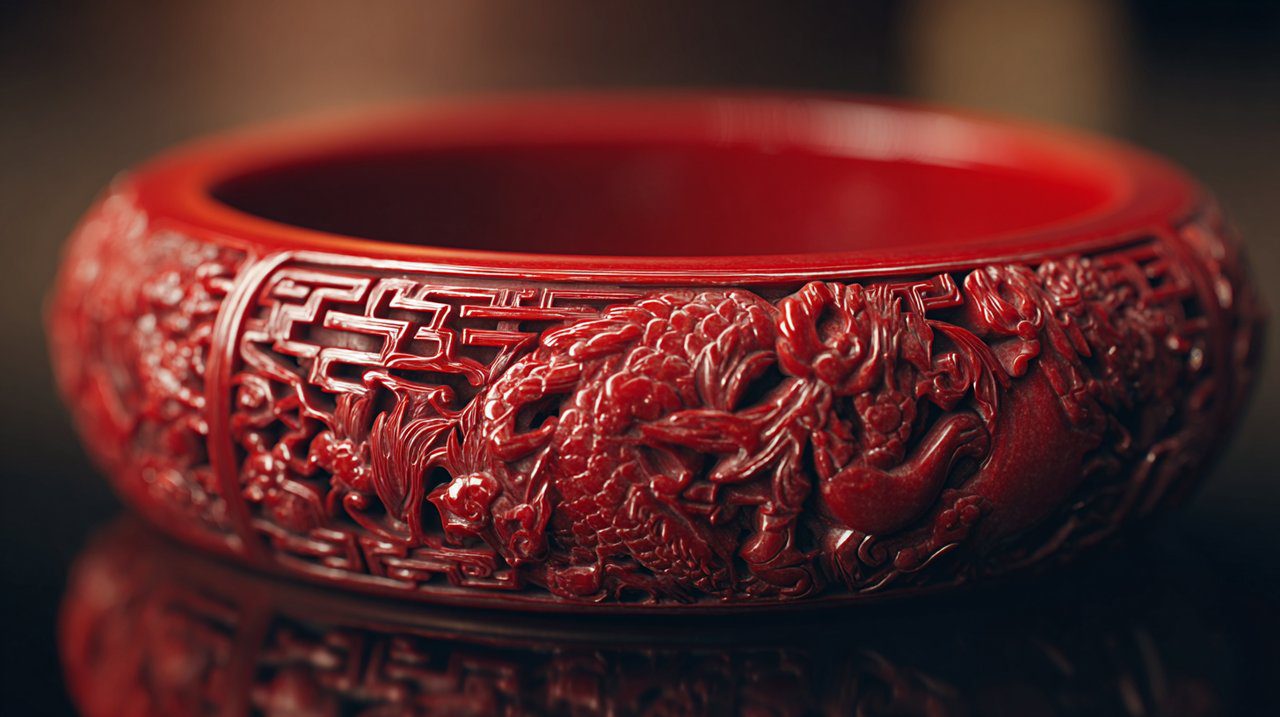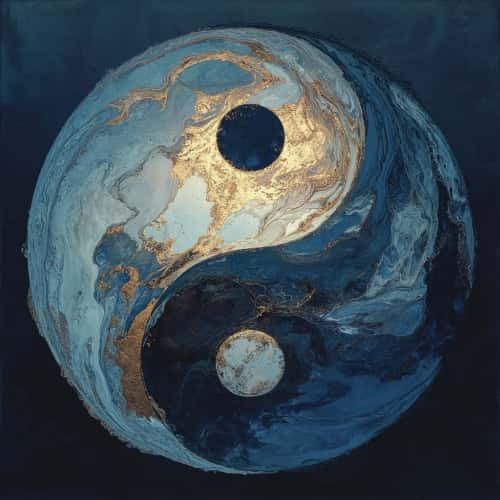Cinnabar Jewelry: A Legacy of Artistry and Allure
Have you ever encountered a piece of jewelry that just feels… different? That’s often the experience with cinnabar. With its unmistakable deep red hue and incredibly detailed carvings, cinnabar jewelry isn’t just an accessory; it’s a living link to ancient traditions and a testament to incredible human artistry.
For me, what’s fascinating about cinnabar is its origin story. It starts as mercury sulfide, a raw mineral. But through a meticulous process of grinding, mixing with natural lacquer, and careful application, it transforms. This isn’t just a chemical change; it’s an alchemical dance that creates that signature lustrous red, ready for intricate details.

The Enduring Craft of Cinnabar: A Journey of Patience
The creation of cinnabar jewelry is a beautiful example of human ingenuity and unwavering dedication. It’s a multi-step process that truly makes you appreciate the final product.
First, the raw cinnabar is ground into a fine powder. This powder is then carefully mixed with natural lacquer. Imagine building up hundreds of thin layers, one by one, onto a base material like wood or metal. This isn’t a quick job; it can take many months to achieve the desired depth and durability.
Once the lacquer is perfectly thick and hardened, the real magic begins. Master artisans meticulously carve intricate designs into the surface. These aren’t just pretty patterns; they’re often auspicious symbols and motifs that are deeply rooted in East Asian cultures.
Think of symbols like:
- Dragons: Representing power and good fortune.
- Phoenixes: Symbolizing rebirth and transformation.
- Lotus flowers: Signifying purity and spiritual enlightenment.
- Mythological figures: Each carrying specific meanings of prosperity, longevity, or protection.
The three-dimensional quality of these carvings, with their nuanced depths and delicate lines, truly showcases an extraordinary level of precision and patience. It’s a reminder that true craftsmanship takes time and heart.

Cultural Resonance and the Psychology of Red
The vibrant red of cinnabar isn’t just visually striking; it carries immense cultural weight, especially in China, where it’s been revered for thousands of years. From a psychological perspective, red is a powerful color. It’s often associated with energy, passion, and vitality.
Culturally, this translates into associations with good fortune, happiness, and protection against negative influences. So, when people wore cinnabar jewelry, it wasn’t just for its beauty. It served as a powerful visual reminder and a kind of positive suggestion, anchoring those feelings of luck and protection. It’s fascinating how a color can influence our mindset!
If you’re curious about how other pieces of jewelry might carry similar symbolic weight, you might enjoy exploring what kind of jewelry brings good luck? What kind of jewelry brings good luck?
Throughout history, cinnabar artifacts were highly valued. They were often reserved for royalty and high-ranking officials, much like other revered materials that continue to captivate us today. This wasn’t just about scarcity; it was about the perceived power and striking appearance of the material itself.
Its use went beyond personal adornment, extending into ritual objects and decorative arts. The material’s perceived mystical properties, combined with its striking appearance, solidified its status as something truly precious and powerful. It became a tangible representation of status and protection.
Speaking of other revered materials, have you ever considered the timeless allure of jade? It’s another gem steeped in history Jade Valuation Guide: Understanding Market Value and Key Factors.
Cinnabar in the Modern World: A Timeless Statement
Despite its ancient roots, cinnabar jewelry still holds a compelling presence today. Its bold color and unique texture offer a distinctive aesthetic that can truly complement both traditional and modern styles. It’s a versatile choice for anyone seeking both beauty and a deeper symbolic meaning.
For collectors, cinnabar pieces are particularly appealing due to their rich historical depth, the rarity of older examples, and the sheer artistic merit of the carvings. Owning a piece of cinnabar jewelry today means you’re not just wearing an ornament; you’re appreciating a piece of heritage and the immense labor of love involved in its creation.
Whether it’s a statement necklace, a pair of intricately carved earrings, or a delicate pendant, these pieces offer a tangible connection to a rich cultural past. They serve as a beautiful reminder of enduring wisdom and craftsmanship.
To ensure these beautiful and historically significant treasures last for generations, proper care is key. Remember to avoid harsh chemicals and extreme temperatures. A little care goes a long way in preserving their unique allure.
And if you’re interested in integrating more powerful symbols into your daily wear, you might find this helpful: how to wear a PiXiu bracelet to attract wealth How to Wear a PiXiu Bracelet to Attract Wealth?.
Connecting Past and Present with Cinnabar
Ultimately, cinnabar jewelry is more than just a beautiful object. It stands as a vibrant bridge between the past and the present, offering us a window into ancient artistry and profound cultural symbolism.
It reminds us that sometimes, the most enduring beauty comes from a blend of natural wonder, human skill, and the powerful psychological resonance of color and form. It’s a truly captivating treasure that continues to inspire and connect us to a rich, meaningful history.
💡 Frequently Asked Questions
Cinnabar jewelry is made from the mineral cinnabar (mercury sulfide). This raw mineral is processed and lacquered to create a material known for its deep, lustrous red color and capacity for intricate detail.
The crafting process involves grinding raw cinnabar into a fine powder, mixing it with natural lacquer, and then applying numerous thin layers onto a base material like wood or metal. Once the lacquer is sufficiently thick and hardened, master artisans meticulously carve intricate designs into the surface.
The vibrant red color of cinnabar holds immense cultural significance, especially in China, where it symbolizes good fortune, vitality, happiness, and protection against evil spirits. The carvings often feature auspicious symbols like dragons, phoenixes, and lotus flowers, representing prosperity, longevity, or spiritual enlightenment.
Historically, cinnabar artifacts were highly valued and often reserved for royalty, nobility, and high-ranking officials due to their striking appearance and perceived mystical properties. Today, it maintains popularity for its bold color, unique texture, historical depth, and artistic merit, appealing to both fashion enthusiasts and collectors.








